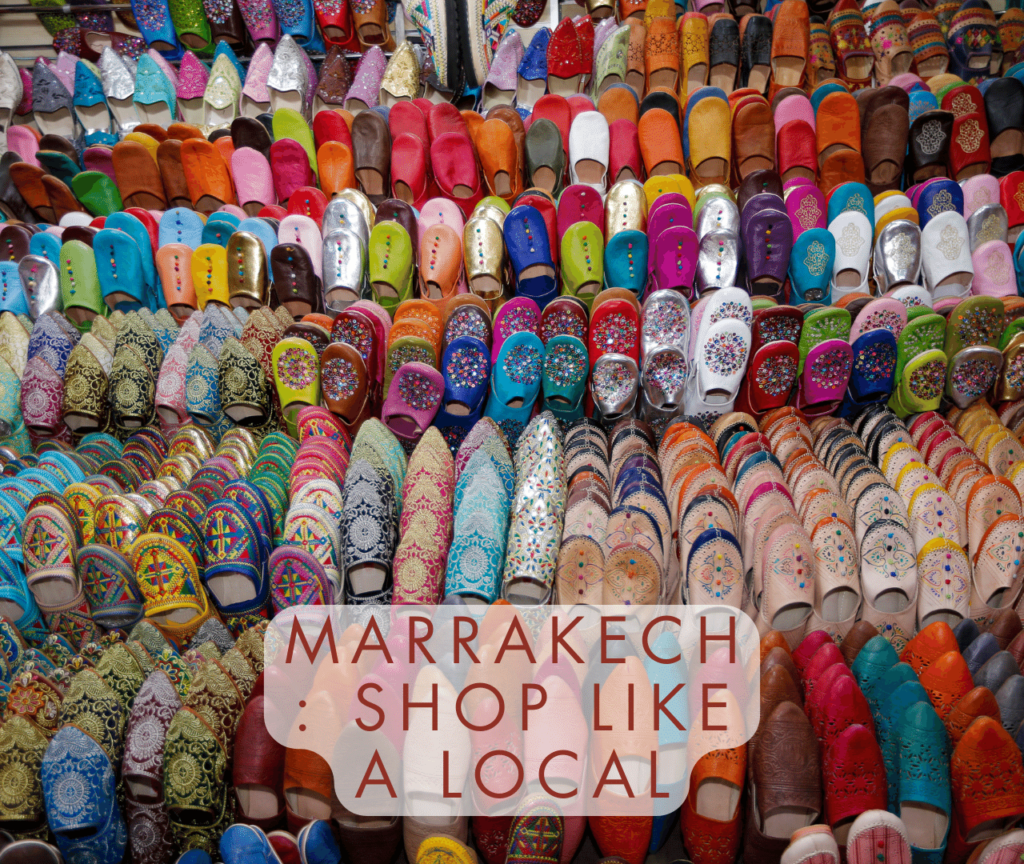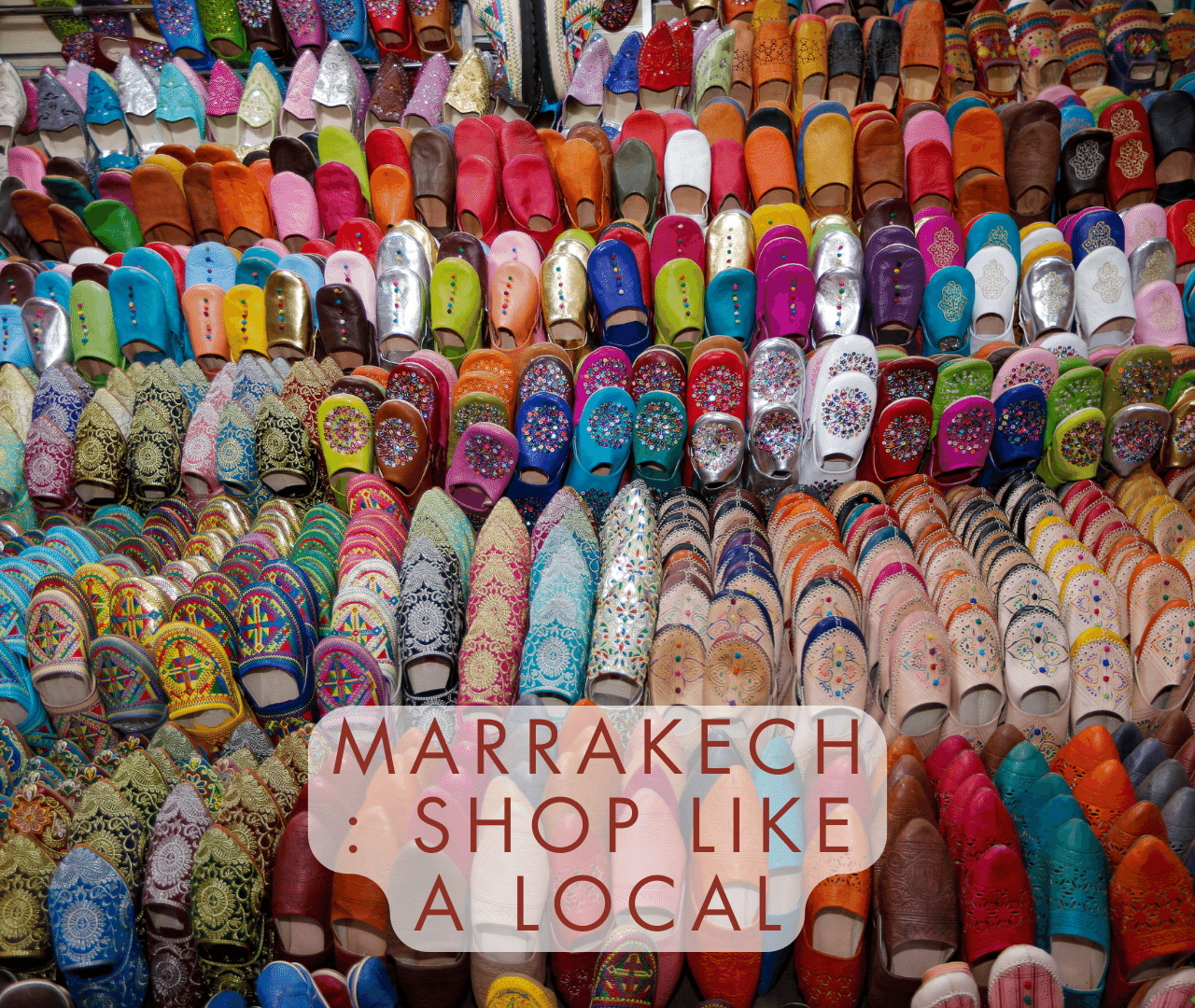A Guide to the Best Souks in Marrakech: Shop Like a Local

Introduction to Marrakech Souks
The souks of Marrakech are an intrinsic part of the city’s cultural and economic fabric. These bustling marketplaces, located primarily within the old medina, have been the heart of trade and social interaction for centuries. The term “souk” refers to an open-air marketplace where goods ranging from spices and textiles to pottery and jewelry are sold. In Marrakech, these markets are not merely places of commerce but also venues where the city’s rich traditions and heritage are vividly displayed.
Historically, the souks have played a pivotal role in the daily lives of Marrakechis. They were, and continue to be, the epicenter of economic activity, social gatherings, and cultural exchanges. Their labyrinthine layout can be traced back to the city’s medieval period, where trades and crafts were zoned into specific areas. For instance, you will find the spice souk, metalworking souk, leather souk, and carpet souk each occupying distinct sections. This organized chaos is part of what makes the market of Marrakech an unmissable experience.
Walking through the souks, one encounters a myriad of sights, sounds, and scents. The air is filled with the enticing aroma of exotic spices, the vibrant colors of hand-woven textiles, and the rhythmic hammering of artisans working on metal and leather goods. Each alleyway offers a new sensory experience, and it is this diversity that makes shopping in Marrakech truly unique. Vendors enthusiastically engage with visitors, offering not just products but stories and insights into their crafts.
For any traveler, the souks of Marrakech provide an immersive experience into the local way of life. They offer a chance to not only purchase unique items but also to understand the cultural significance behind them. Whether you are looking for a memorable souvenir or a deeper connection with Moroccan culture, the souks are a must-visit. They encapsulate the essence of Marrakech, blending history, art, and commerce into a vibrant tapestry that is both timeless and ever-evolving.
Top Souks to Visit
When exploring the vibrant city of Marrakech, one cannot miss the chance to dive into the bustling souks of the old medina. Each market offers a unique glimpse into the rich cultural tapestry of the city, showcasing a variety of traditional crafts, spices, and artifacts. Among the top souks to visit, Souk Semmarine stands out for its array of textiles, lanterns, and traditional Moroccan clothing. This souk is a labyrinth of narrow alleys, each brimming with colorful displays that captivate the senses. The best time to visit Souk Semmarine is early in the morning or late afternoon to avoid the midday heat and crowds. A noteworthy vendor here is the stall selling intricately designed kaftans, a perfect souvenir to remember your trip by.
Next on the list is Souk El Kebir, known for its extensive range of leather goods. From beautifully crafted bags to exquisite slippers, this market of Marrakech is a leather lover’s paradise. The quality and craftsmanship of the items found here are truly exceptional, reflecting centuries-old traditions. Visiting Souk El Kebir in the late afternoon allows you to witness the artisans at work, adding an enriching layer to your shopping experience. Don’t miss visiting the stall run by a local craftsman who specializes in hand-stitched leather bags; his work is highly regarded among both locals and tourists.
Lastly, Souk El Attarine is a must-visit for anyone interested in spices and traditional Moroccan medicinal remedies. The aromatic allure of this souk is hard to resist, with vendors offering everything from saffron to argan oil. The historical significance of Souk El Attarine lies in its role as a central hub for traders and herbalists dating back to the 12th century. The best time to explore this souk is in the late morning when the energy is at its peak, and the scents are most potent. Be sure to stop by the spice vendor near the entrance, who is known for his vast knowledge and quality products.
Exploring these top souks provides a comprehensive shopping experience in Marrakech, each offering its own unique specialties and cultural insights. Whether you’re looking for textiles, leather goods, or spices, these markets promise an unforgettable journey through the heart of Marrakech’s vibrant old medina.
Shopping Tips and Bargaining Strategies
Shopping in Marrakech is an experience like no other, with the vibrant souks of the old medina offering a sensory overload of colors, sounds, and scents. To truly shop like a local and navigate the market of Marrakech effectively, understanding some key bargaining strategies and cultural etiquette is essential.
First and foremost, haggling is not just accepted but expected in Marrakech souks. Start by offering about half of the initial asking price. This may seem aggressive, but it’s a standard practice. From there, expect a back-and-forth negotiation. Keep the tone friendly and light-hearted; bargaining is considered a social interaction as much as a business transaction. It is also helpful to have a maximum price in mind and be prepared to walk away if the vendor won’t meet your offer—this often brings them back with a better deal.
When it comes to cultural etiquette, politeness is key. Greet vendors with a friendly “Salam Alaikum” and show genuine interest in their wares. Keep in mind that touching items without permission can be seen as disrespectful. If you spot something you like, ask about it first before handling it.
Spotting high-quality goods requires a discerning eye. For textiles, check the stitching and fabric quality. Look for items that are handmade rather than mass-produced. In the case of ceramics, inspect the glaze for consistency and the piece for any cracks or imperfections. When buying spices, rely on your senses—fresh spices should have a strong aroma and vibrant color.
To avoid common tourist traps and scams, research prices beforehand and visit multiple stalls to compare. Be wary of vendors who are overly persistent or who try to rush you into a purchase. It’s also worth noting that some of the best deals can be found off the main paths, where shops cater more to locals than to tourists.
Remember, the market of Marrakech is bustling and vendors can be persistent, but maintaining a calm and respectful demeanor will go a long way. Embrace the experience—bargaining is part of the cultural tapestry of Marrakech and, with these tips, you can enjoy it like a local.
Bringing Home Your Finds: Practical Advice
When shopping in Marrakech, particularly in the bustling souks of the old medina, it’s essential to plan how you will transport your treasures back home. Ensuring your purchases arrive safely starts with proper packaging. For fragile items such as ceramics, glassware, or delicate textiles, use plenty of bubble wrap and sturdy boxes. Vendors in the market of Marrakech are often well-prepared and may offer suitable packaging materials, but it’s wise to bring some of your own just in case.
Understanding customs regulations is crucial to avoid any unpleasant surprises at the airport. Each country has different rules regarding the import of goods, so check the customs website of your home country before you travel. Be aware of restrictions on animal products, such as leather and ivory, which are common in Moroccan markets. Declare your purchases accurately to avoid fines or confiscation.
For large or bulky items like rugs or furniture, consider shipping them directly from Marrakech. Many vendors can arrange international shipping, and reputable services are available. Always ask for tracking information and insurance to safeguard your items. If you prefer to carry them with you, check your airline’s baggage policies for size and weight limitations to prevent extra fees.
When it comes to payment, the Moroccan dirham is the preferred currency in the souks. It’s advisable to exchange some money before you start shopping to avoid unfavorable rates at tourist spots. Many vendors accept credit cards, but cash often allows for better bargaining. Carry small bills for easier transactions and to avoid the need for change, which can be scarce.
Finally, to ensure you are bringing home authentic souvenirs, buy from reputable sellers. Look for craftspeople who can explain their techniques and provide information about the materials used. Avoid deals that seem too good to be true, as they often are. With these practical tips, your shopping experience in Marrakech will be both enjoyable and rewarding, allowing you to bring a piece of this vibrant city back home with confidence.








